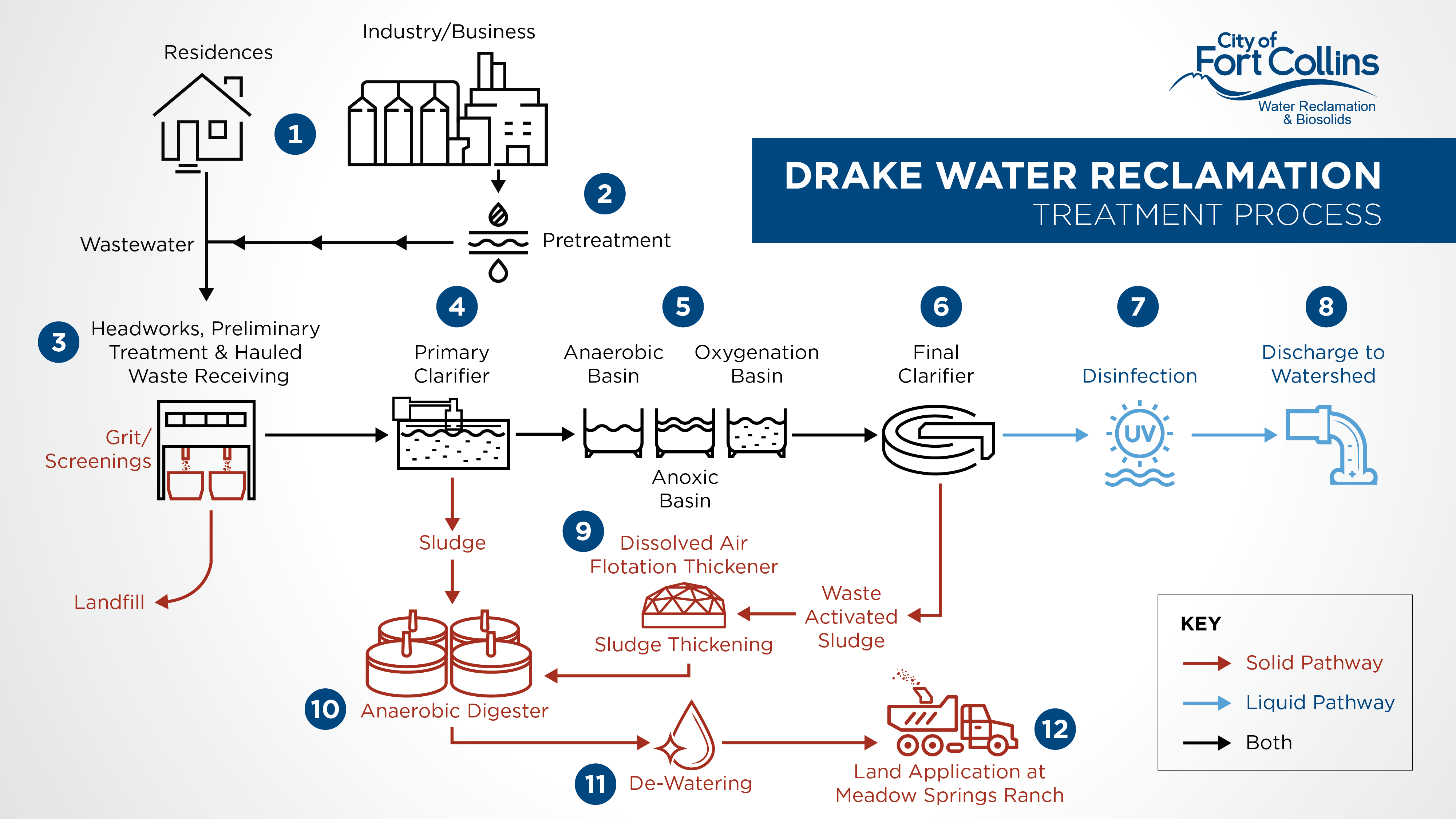Drake Water Reclamation Facility#
The Drake Water Reclamation Facility has the capacity to treat 23 million gallons of wastewater per day and manages the biosolids for both the Drake and Mulberry water reclamation facilities. The Drake facility uses programmable logic controllers to manage and automate treatment processes. As a resource recovery facility, we reuse energy generated from treatment processes and recover nutrients (like phosphorus and nitrogen). Treated water is discharged to Fossil Creek Ditch, which connects with Fossil Creek Reservoir and eventually the Cache la Poudre River.
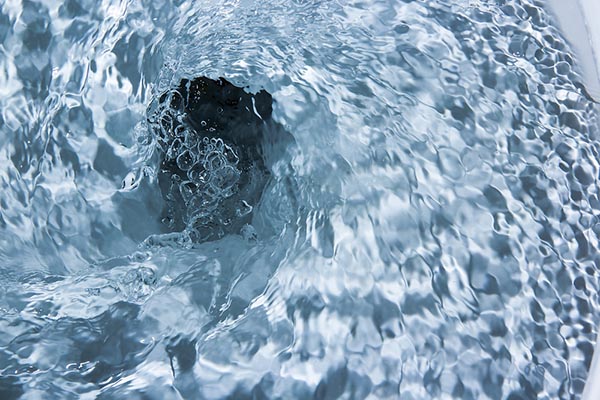
1 | Collection
Water poured or flushed down the drain within the Fort Collins Utilities’ collection system travels to the Drake or Mulberry water reclamation facilities for treatment.
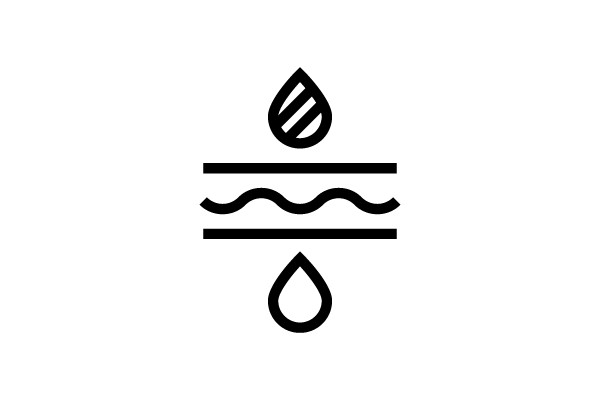
2 | Industrial Pretreatment
Wastewater generated from businesses and industry is regulated by the Industrial Pretreatment Program before it enters the collection system. This program ensures that wastewater is treated properly, helping protect the water reclamation facility treatment processes and equipment, employees and the environment from any potentially harmful pollutants.
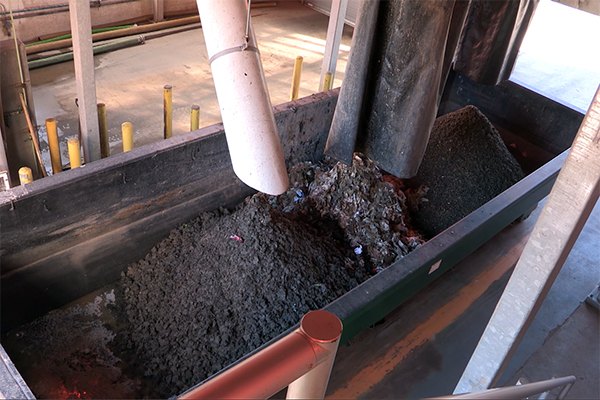
3 | Headworks
Our headworks building uses bar screens and grit removal systems to remove solids, trash or other objects that may interfere with downstream processes. Separated material is sent to the landfill.
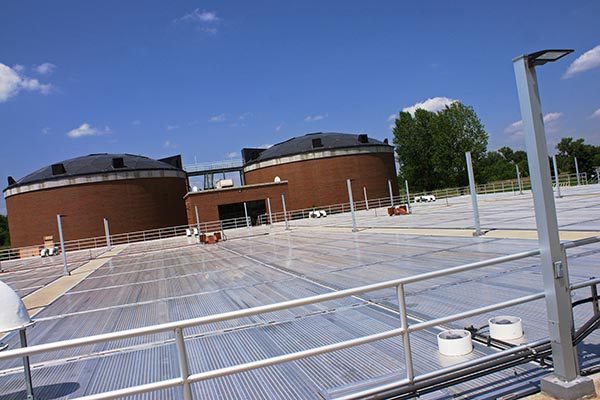
4 | Primary Clarifier
In the primary clarifier, water flows slowly, allowing organic solids and other sediment to settle to the bottom of the tank and scum to float to the top. The settled solids and scum are removed and sent to the anaerobic digesters.
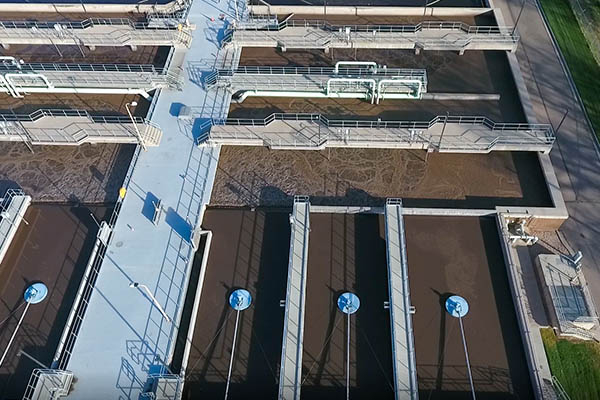
5 | Anaerobic / Anoxic / Oxygenation Process
Water from the primary clarifier is sent to secondary treatment and treated with the A2O (anaerobic, anoxic, oxygenation) process. This three-phase process uses microorganisms to remove nutrients like phosphorus and nitrogen from the effluent. The microorganisms involved in this process are called activated sludge.
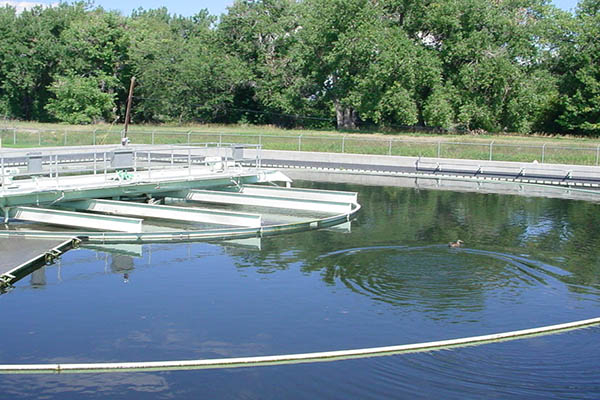
6 | Final Clarifier
The final clarifier settles out remaining solids and activated sludge. Some of the settled sludge is returned and reused in the A2O process and some is “wasted” and sent to the Dissolved Air Floatation Thickener (DAFT).
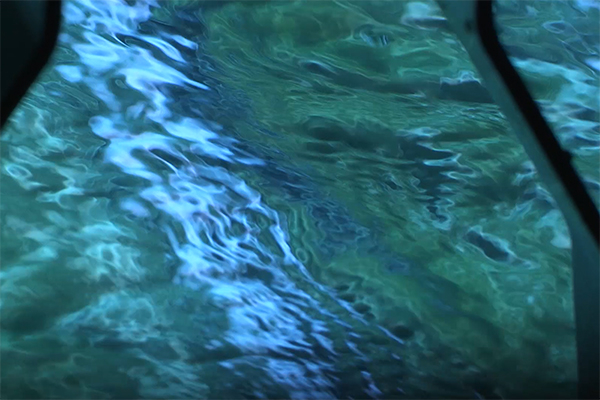
7 | Disinfection
In the last treatment step, water leaves the final clarifier and flows past UV lightbulbs for disinfection. UV light instantly destroys harmful pathogens without any chemicals to ensure water is safe to discharge into surface water.
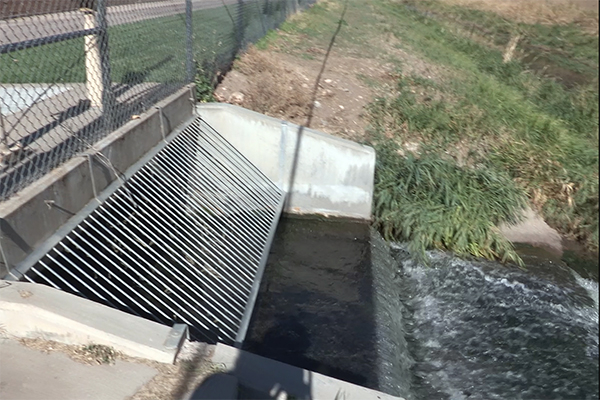
8 | Discharge
Finally, the treated water is released back into the environment. The Drake facility discharges into the Fossil Creek Irrigation Ditch.
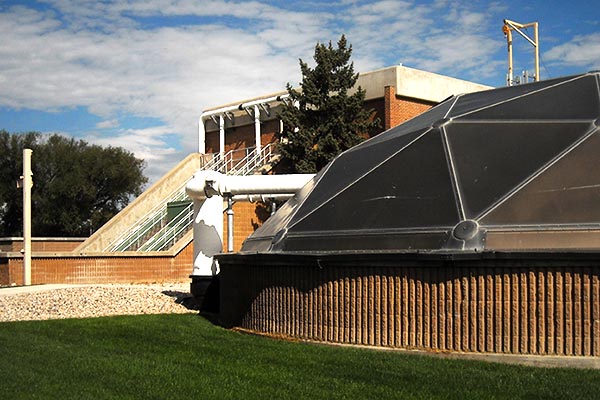
9 | Dissolved Air Floatation Thickener (DAFT)
In the DAFT, wasted sludge is thickened to reduce the volume of sludge that is sent to the anaerobic digester. Reducing the volume helps conserve energy needed in the digestion process.
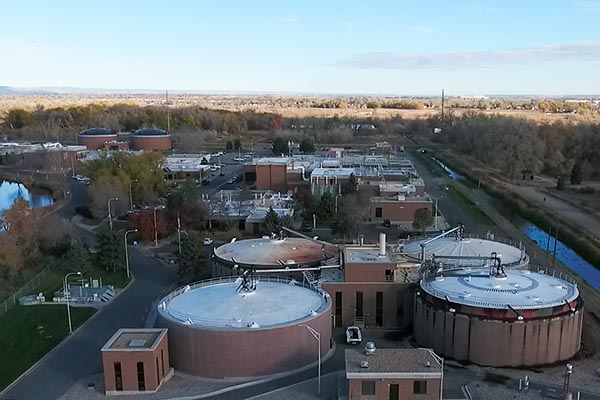
10 | Anaerobic Digester
Sludge from the primary and final clarifiers goes to the anaerobic digester where organics are removed from the solids via biological processes. This helps us produce Class B biosolids which can be used for land application.
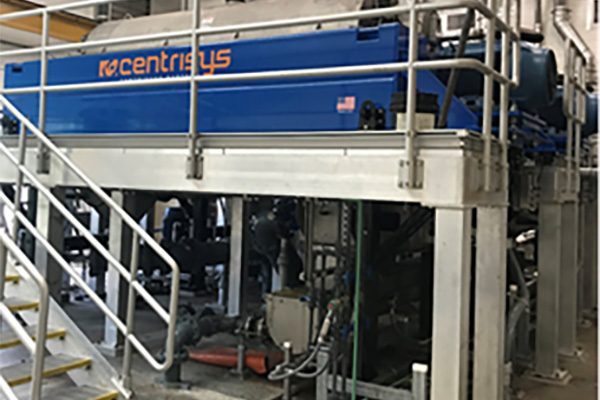
11 | De-Watering
Digested sludge is de-watered by centrifuges to remove remaining liquid and prepare it for land application.

12 | Meadow Springs Ranch
The final biosolid product is hauled to Meadow Springs Ranch to be applied to the land as a soil amendment.
Did You Know?
We clean and maintain the City's wastewater system year-round to prevent sewer backups. You can help by only flushing the three Ps.
Stormwater Master Planning helps protect people, property and the environment against flooding, erosion and water quality problems caused by runoff.
Every 2 degrees higher you set your air conditioner can save up to 14% on cooling costs.
